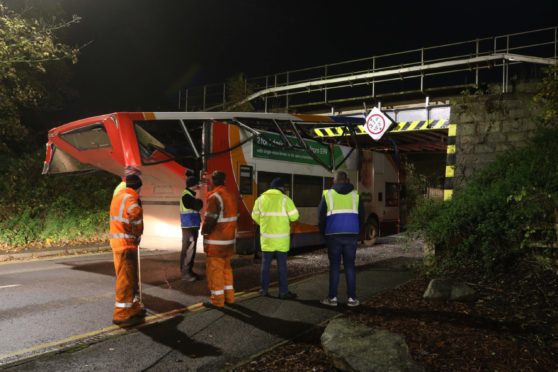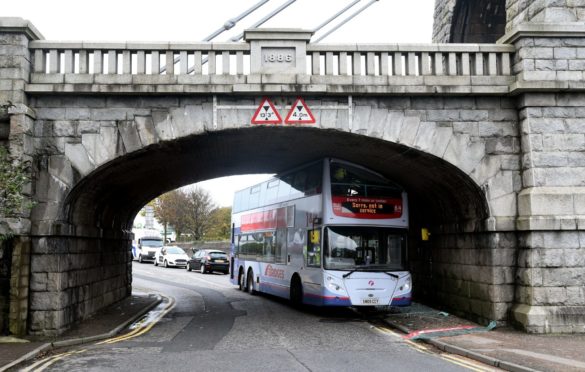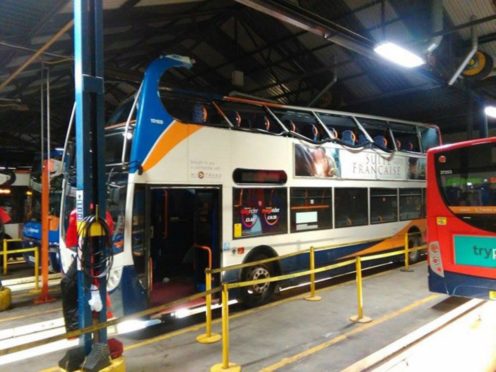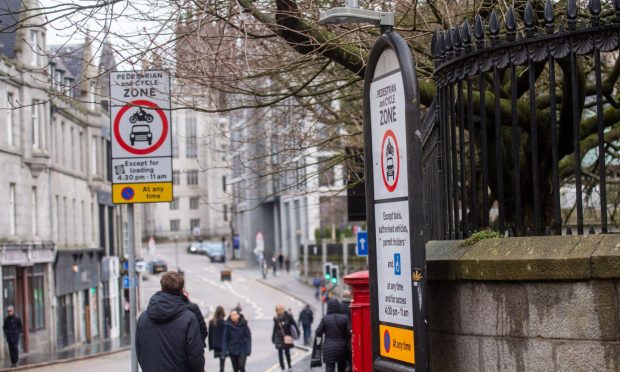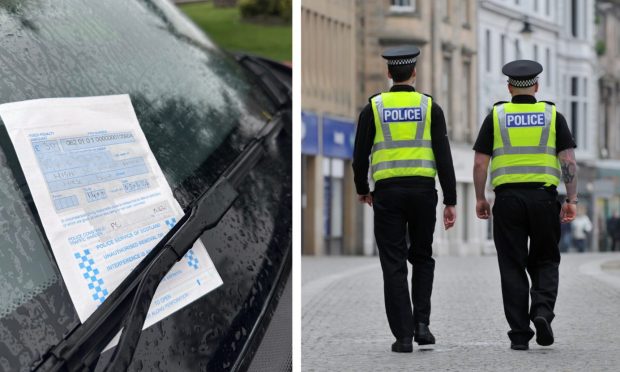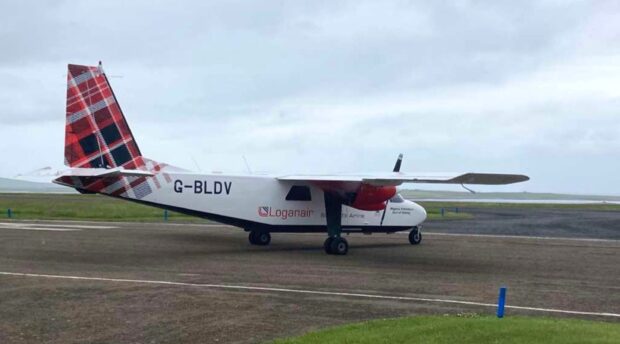Stagecoach is to become the first bus operator in the UK to introduce technology that will help drivers avoid low bridges.
The £4 million project will build on the company’s existing GreenRoad system, using GPS data and mapping services to warn drivers if a bus is heading towards a bridge.
If there is one on the route ahead, an alert will sound in the driver’s cab while there is still a safe way to get around it.
The software has been undergoing a 16-week development phase, and Stagecoach hopes the tech and the speakers it requires can be installed on their fleet – which includes 3,800 double-decker buses – by the summer.
Alongside the alert system, the project also involves redesigning bus routes, introducing new training for drivers and working with authorities to improve signage.
Stagecoach chief executive Martin Griffiths said: “Everything we do starts with safety: for our customers, our people, pedestrians and other road users.
“Buses are already one of the safest forms of travel. But every year we invest millions of pounds in training our professional driving team and new technology to make our public transport operations even safer.”
An average “bridge strike” incident costs more than £6,000, and data from Network Rail suggests between 40 and 50 buses hit railway bridges last year.
Mr Griffiths added: “Our country’s infrastructure includes many railway bridges designed in an era before modern transport vehicles went on the road, creating a safety risk.
“We have been working for many months with GreenRoad to design this important Low Bridge Alert enhancement to their proven safety technology, and are now implementing it to bolster the extensive measures we already have in place.
“We look forward to delivering the benefits from our investment across the country.”
